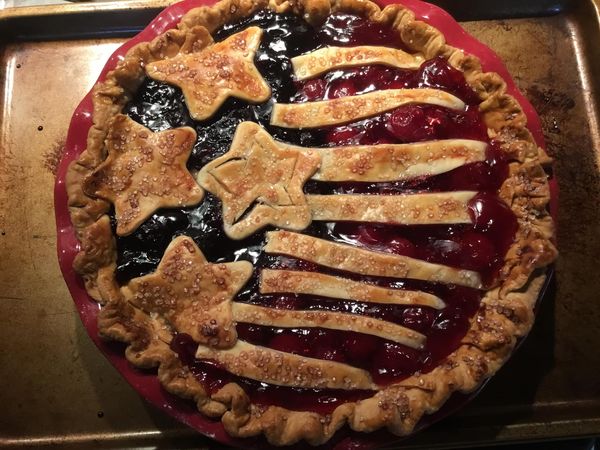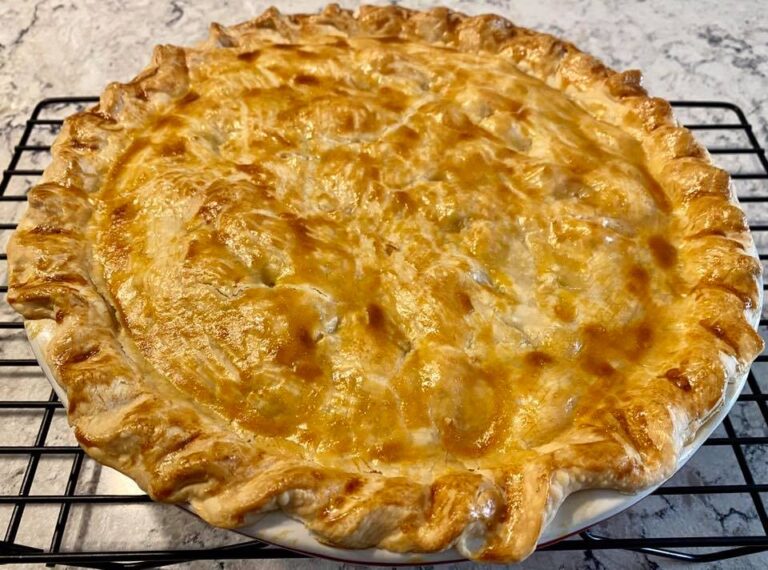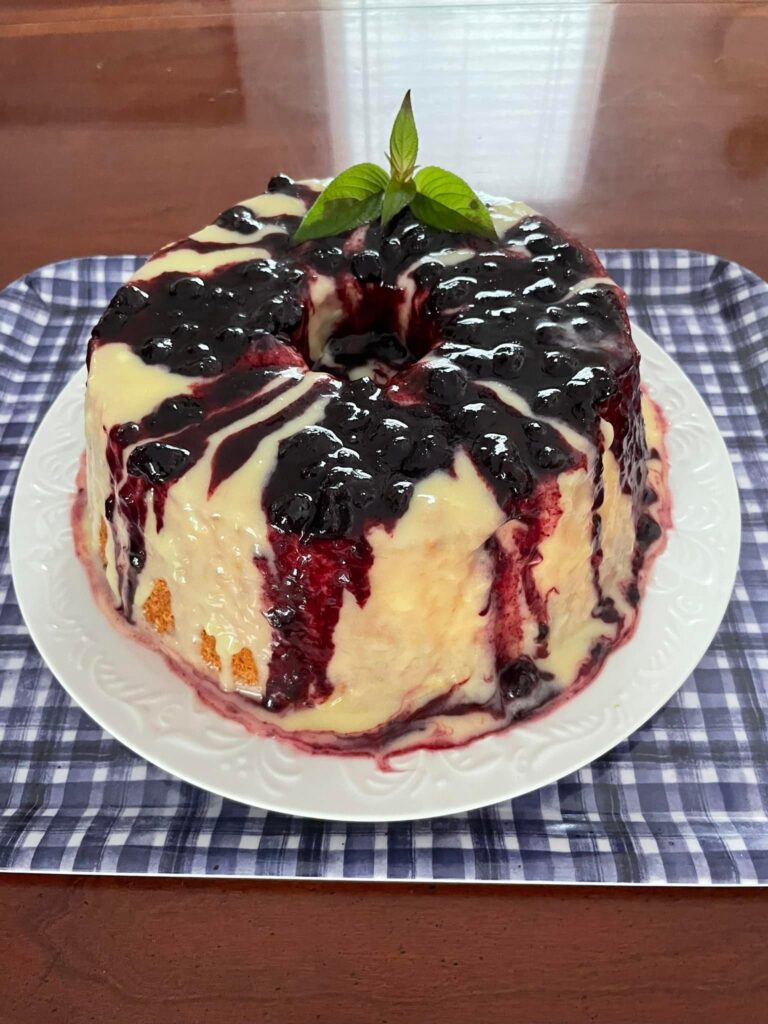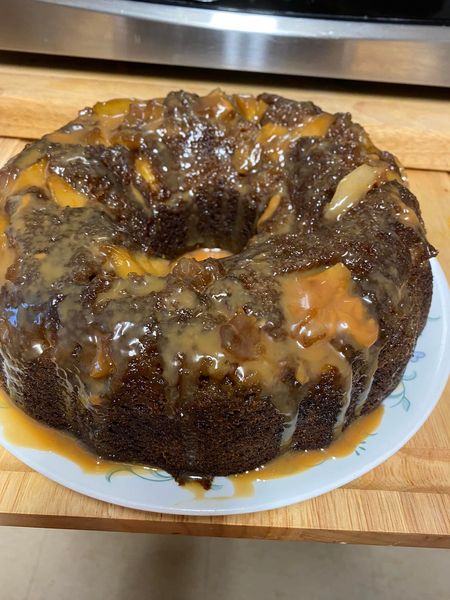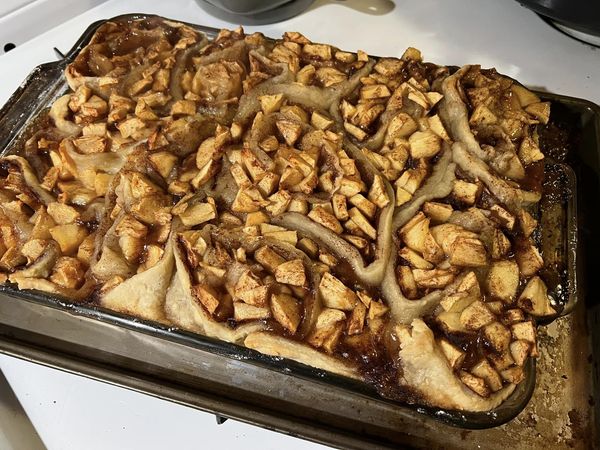How to Get a Never-Soggy Pie Crust (Easy Trick That Actually Works)
You can have the flakiest, most buttery top crust in the world, but if the bottom is soggy? It’s a kitchen heartbreak. That’s why I want to share the easiest trick I’ve ever used to guarantee a golden, never-soggy pie crust—no blind baking, weights, or fancy tools required.
This tip is simple, old-fashioned, and it works like magic. The best part? You probably already have what you need: a fork and a classic pie plate.
So let’s fix those soggy bottoms once and for all, shall we?
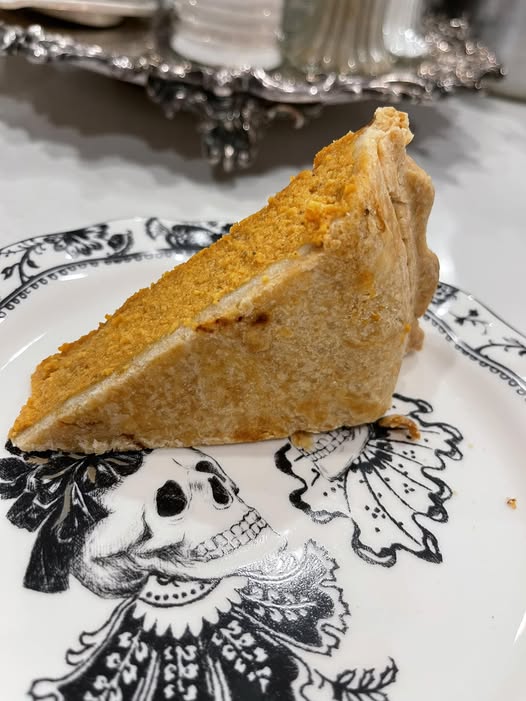
✨ The Simple Trick: Fork Holes
That’s it. Before you fill your pie crust, poke about 6 to 7 fork holes right in the bottom. Don’t go wild—just gentle, evenly spaced holes across the base of the crust.
Why It Works:
- Allows airflow: Helps the heat circulate under the crust so it bakes evenly.
- Reduces bubbling: Prevents steam from creating soggy pockets.
- Stops seepage: Keeps wet fillings (like pumpkin or apple) from soaking into the dough.
Pair that with a good-quality ceramic or vintage Corning Ware pie plate, and you’re well on your way to the crispiest crust of your life.
🥧 Old-Fashioned Flaky Pie Crust Recipe
This is the same recipe that gives me that golden, never-soggy pie bottom every time.
Ingredients:
- 1 overflowing cup all-purpose flour
- Just under 1/2 cup Crisco shortening
- 1/2 teaspoon salt
- 6–8 tablespoons ice cold water
Instructions:
- In a mixing bowl, combine flour and salt.
- Cut in the Crisco using a fork or pastry cutter until the mixture resembles small crumbs.
- Add ice water one tablespoon at a time, mixing gently until dough holds together.
- Form into a ball, flatten into a disk, and chill for 30 minutes (if you have time).
- Roll out on a floured surface and fit into your favorite pie plate.
- Poke 6–7 fork holes in the bottom of the crust.
- Fill and bake as your recipe directs.
👍 Tips for the Best Never-Soggy Pie Crust
- Use a ceramic or glass pie plate. They distribute heat evenly and help the bottom crisp up.
- Bake on the lower rack. Gets direct heat to the bottom crust.
- Don’t skip the fork trick. It really does make a difference!
- Use cold water and keep your dough cool. That’s how you get flaky layers.
Bonus Tip:
If your filling is extra juicy (like peach or berry), sprinkle a tiny bit of flour or cornstarch on the bottom crust before filling—it helps soak up excess liquid without getting gummy.
🌾 Common Mistakes That Lead to Soggy Crusts
- Skipping the fork holes. The biggest culprit of soggy bottoms!
- Using warm water. Cold water helps maintain the flaky texture.
- Overworking the dough. Be gentle—too much kneading = tough crust.
- Using the wrong pan. Thin metal pans can burn edges while leaving the bottom pale.
📅 Final Thoughts
Making pie shouldn’t feel like a science experiment. This little fork trick is one of those passed-down kitchen secrets that just works. Pair it with a no-fuss, flaky pie crust and a good bake, and your bottom crust will be the stuff of legends.
Have you tried this tip before?
Do you have your own way of keeping pie crusts from turning soggy? Share your secrets in the comments—let’s swap pie wisdom!
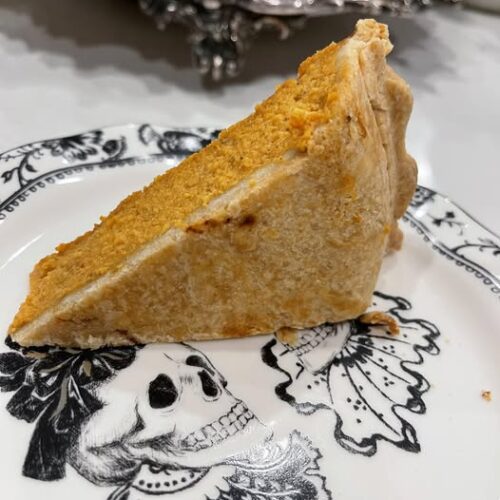
Never-Soggy Pie Crust
Ingredients
- - 1 overflowing cup all-purpose flour
- - Just under 1/2 cup Crisco shortening
- - 1/2 teaspoon salt
- - 6–8 tablespoons ice-cold water
Instructions
- Mix flour and salt in a bowl.
- Cut in shortening until the mixture forms pea-sized crumbs.
- Gradually add ice water until the dough comes together.
- Form dough into a ball, flatten into a disk, and chill (optional).
- Roll out and place into pie plate.
- Poke 6–7 fork holes in the base of the crust.
- Fill and bake according to your pie recipe.
Notes
- Best when baked in ceramic or glass pie plates.


